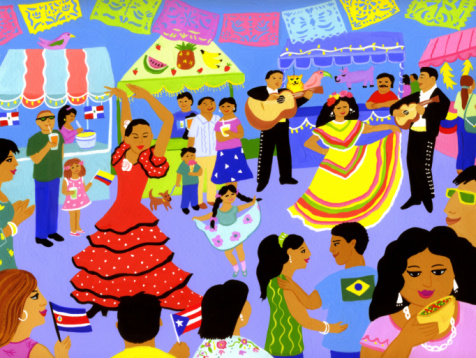
Getty Images/Imagezoo
A Latin American street festival
The Mexican War of Independence was inspired by the success of The United States and the French Revolution. It lasted from 16 September 1810 – 27 September 1821 (11 years, 1 week and 4 days).
Location: Mexico
Results:
-First Mexican Spanish Empire gains independence from Spain.
– Signing the Declaration of independence of the Mexico from the Spanish Empire.
Territorial Changes : Spain loses the continental area of Viceroyalty of New Spain
Don Miguel Gregorio Antonio Ignacio Hidalgo-Costilla y Gallaga Mandarte Villaseñor (8 May 1753 – 30 July 1811), more commonly known as Don Miguel Hidalgo y Costilla or simply Miguel Hidalgo, was a Mexican Roman Catholic priest and a leader of the Mexican War of Independence.
Miguel Hidalgo y Costilla Quotes:
“Action must be taken at once; there is no time to be lost; we shall yet see the oppressors’ yoke broken and the fragments scattered on the ground.”
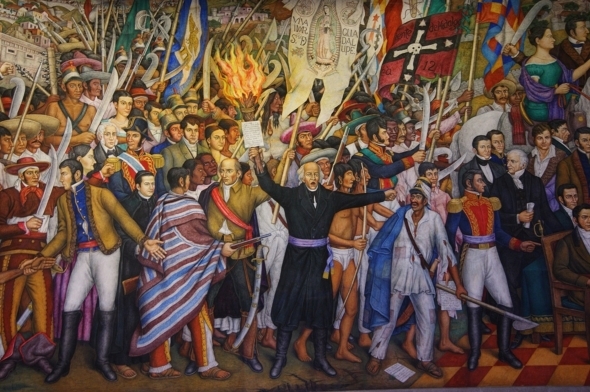
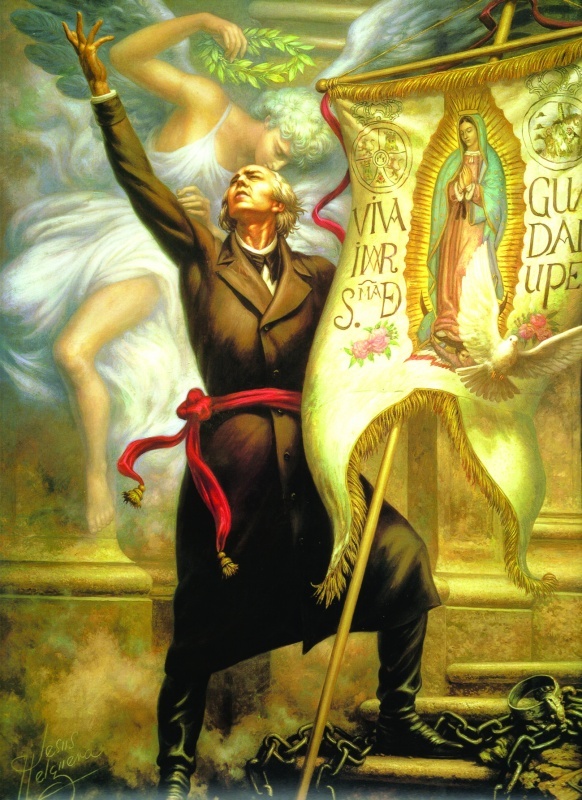
The Mexican War Independence had 3 stages:
Mexican War
of Independence
first stage (1810–1811)
Mexican War
of Independence
organizational phase (1811–1815)
Mexican War
of Independence
Resistance and Consummation Phases (1815–1821)
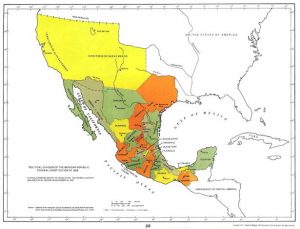
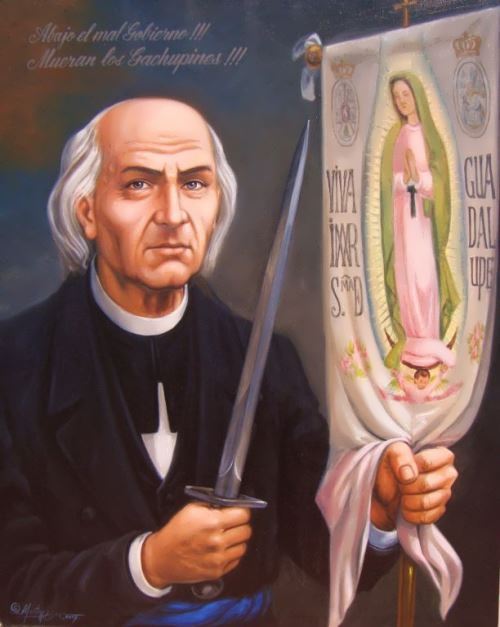
Geography:
Religion: The leader of the Mexican Revolution, Miguel Hidalgo used the Religion as a form to show power to his people, he was a roman catholic priest.
Artifacts: Hidalgo holds a sword and an image of Mary the Mother of Jesus
Politics: The Creoles are the only ones to really gain any power and The USA competes directly with the new independent Mexico taking land in the Mexican American war.
Economics: The newly independent Mexico lacked industry and depended on agriculture.
Social: At the end of the revolution society was still divided by the lighter skinned and darker skinned and the wealthy.
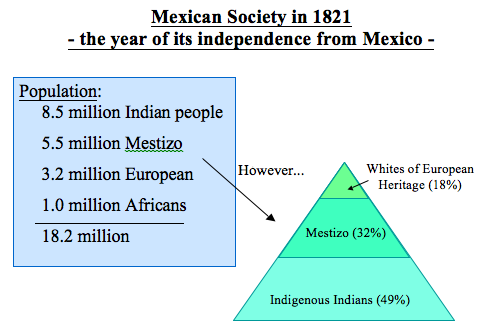
—————————————————————————————————————–
The Venezuelan War of Independence: 1810–1823 (13 years)
Result: Victory over the Spanish Empire.
Location: South America
Simón Bolívar , in full Simón José Antonio de la Santísima Trinidad Bolívar y Palacios (24 July 1783 – 17 December 1830), was a Venezuelan military and political leader who played a leading role in the establishment of Venezuela, Bolivia, Colombia, Ecuador, Peru and Panama as sovereign states, independent of Spanish rule. Nicknamed ” George Washington of Latin America”
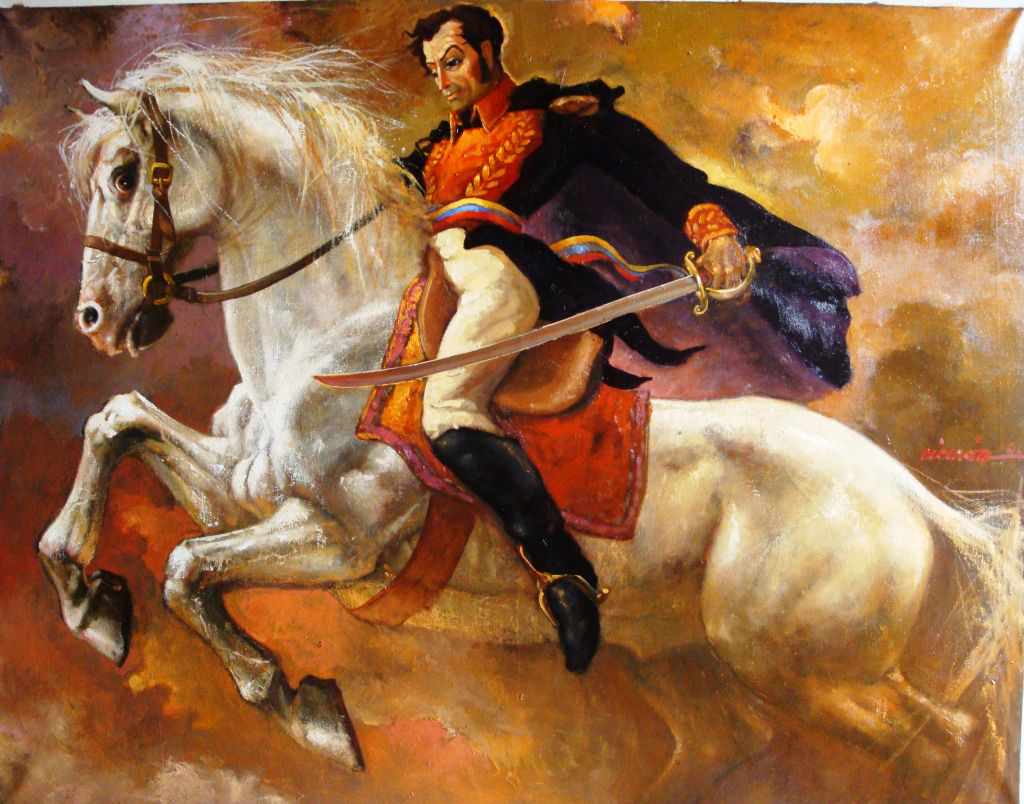
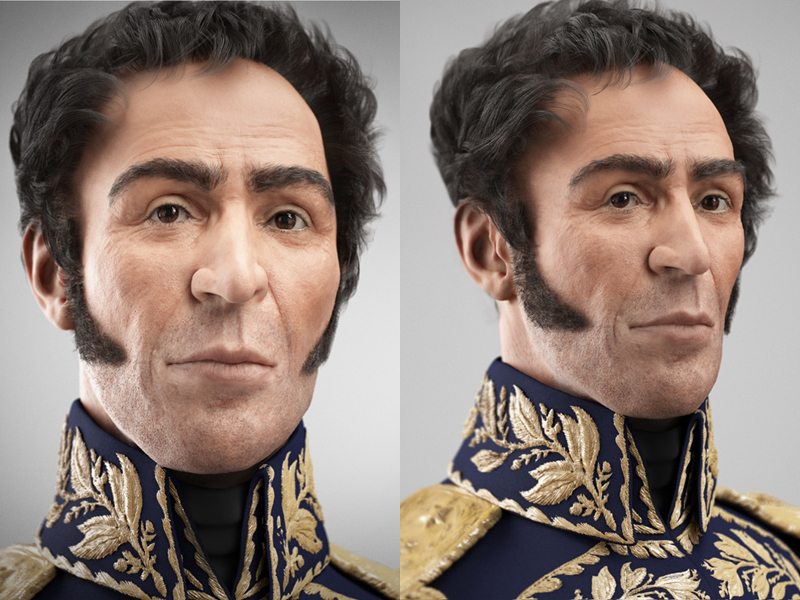
Simon Bolivar Quotes:
“When tyranny becomes law, rebellion is a right.”
“It is harder to release a nation from servitude than to enslave a free nation.
Geography:
This map below shows the enlightenment ideas that came from Europe and North America to Latin America.

Religion: This image below shows the Roman Catholic Chruch religion that came through the Atlantic Ocean. Also, represent the authority of the church to the people in South America.
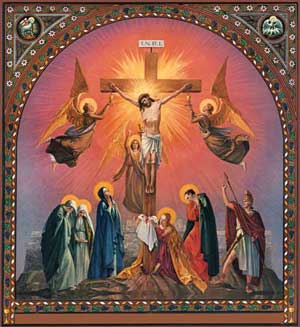
Artifacts: This is an example of the artwork during the Venezuelan War Indepence, representing the emotional feeling of the people.
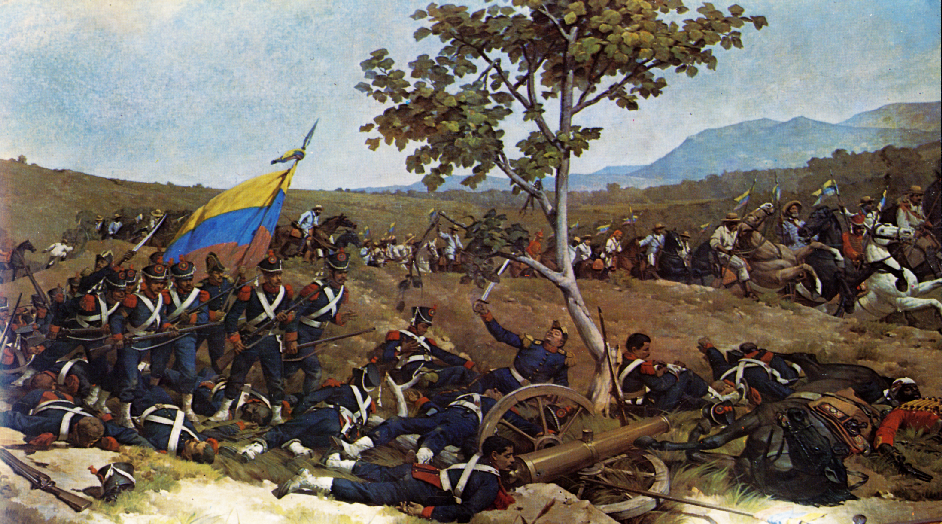
Politics: This picture below shows how after the Venezuelan War Independence they become more “democratic”, but the truth is that they were still divided by skin and wealthy,not very body had the same rights, the lighter skin you had, the better jobs you can be got and more wealthy you was.
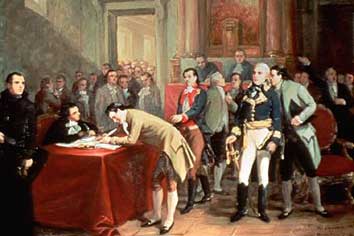
Economics: Coffee surpassed cocoa in the 1800s. Although the war of independence devastated the economy in the early nineteenth century, a coffee boom in the 1830s made Venezuela the world’s third largest exporter of coffee. The merchants were the more wealthy, the lighter skinners. They didn’t have industrial economy as the European countries, they were divided by owners and workers, (owners: light skin, Workers: Darkness skin). The image below shows a money bill honored to Simon Bolivar

.
Social: At the end, they took out of the way the peninsulares but the government was still divided by democracy with the Creoles as the leaders and just like the peninsulares, but they felt unified because of their same language and their same religion. They social classes remained the same, the wealthy ones were the creoles with their light skin and the less privileged were the Africans and the Native American’s.
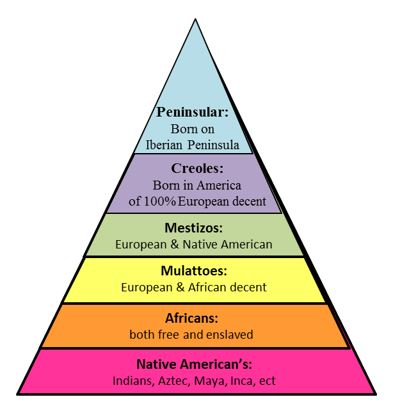
Resources: http://www.historytoday.com/john-lynch/simon-bolivar-and-spanish-revolutions
